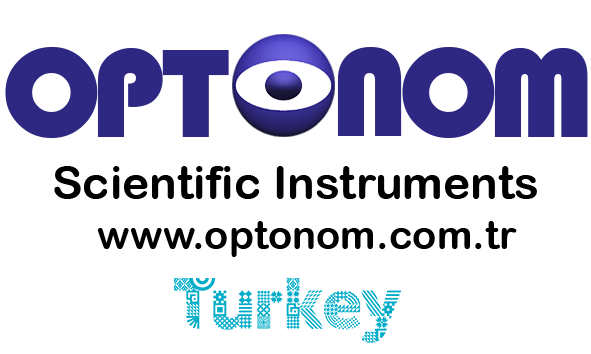Molded Polymer Optics
Molded Polymer Lens Manufacturing
Optonom Plastic Lens Manufacturing: Your Global Partner IN CUSTOM MADE INJECTION MOLDING FOR OPTICS
Optonom is recognized as one of the world’s leading manufacturers of custom injection molding for optics. Every day we work with program leaders on complex optical challenges by providing polymer optics designed specifically for improving our customers’ market share and competitiveness.
As a custom optics manufacturer, OPTONOM can design and produce custom injection molding for aspheric lenses and free-form lenses, and mirrors, as well as Fresnel and diffractive optics. Optonom also has partnerships for capability to provide custom designed diamond turning and injection molded prototypes, thin film optics, and reflective coatings, and integrated optical solutions for a broad range of consumer, medical, instrument LED lighting, and biomedical and analytical instrument marketplaces, as well as military and civilian night-vision and visible-range sighting industries.
Optonom's Optical Engineering team consists of experts in Optical Lens design, mold fabrication, and optomechanical assembly, and we are ready to work with our clients’ technical teams to create high-performance, molded, optical element solutions for their program’s plastic optic needs.
Types of Molded Optics Applications
Essentially any application that calls for an optical component, whether for imaging, scanning, machine vision, medical, or general illumination, is a candidate for using a polymer optic. The list of potential applications is large and growing.
Polymer optics can be found in supermarket bar-code scanners (both laser scanners and 2D readers), lidar and other time-of-flight applications, and in many different types of medical applications ranging from point-of-care (POC) assay containers to lighted surgical retractors. They are also used in document scanners and in sophisticated laboratory equipment such as spectrometers and cleanroom particle counters. As applications continue to grow, polymer optics can be found in telecommunications products and are often used with microstructured surfaces such as microlens arrays and diffractive optical elements. Polymer optics are used routinely in ever-growing LED illumination applications.
Thermoplastics
The principal optical molding materials are acrylic, styrene, polycarbonate, cyclic-olefin polymers (COPs, such as Zeonex and Zeonor, manufactured by Zeon Chemicals), and cyclic-olefin copolymers (COCs, such as Topas, manufactured by Topas Advanced Polymers).
There are other specialty resins such as Ultem (polyetherimide, or PEI, manufactured by Sabic), and polyesters, (such as OKP-4 and OKP-4 HT, made by Osaka Gas Chemical). All of these materials are thermoplastics, which means they can be heated and cooled repeatedly. This category of polymer is different from the optical-grade thermoset plastics, which, once cured, are not able to become molten again.
Optical properties
Index of refraction, Abbe number — The range of available indices of refraction is narrow when compared to that available for glass. Acrylics and COP materials behave more like crown glass types (having Abbe values in the mid-50s), with an index of refraction of about 1.49 and 1.53, respectively. On the other hand, styrene and polycarbonate behave more like flints (with Abbe values in the low to mid-30s) and having an index of refraction of about 1.59.
Change in refractive index with temperature (dn/dt) — Polymers will exhibit a change in index of refraction relative to temperature. The thermoplastic dn/dt is fairly large (about 20 times that of glass) and negative (i.e., as the temperature goes up, the refractive index goes down).
Transmission — Most optical polymers have high clarity in the broadband visible portion of the spectrum (~400 to 650 nm). For example, acrylic and some grades of Zeonex have transmission properties of about 92%. Materials such as polycarbonate and polystyrene have slightly lower transmission. Ultem, which has good transmission in the near-IR, may not be suitable for broadband visible applications because it absorbs in the blue end of the visible spectrum.
Birefringence — The amount of birefringence a system can tolerate is an important design consideration and should be discussed with the manufacturer early in the process. Some polymers such as polycarbonate and polystyrene have a higher amount of stress to begin with because of their polymer properties.
The amount of birefringence in an optic can be exacerbated by poor part design and/or poor gate location in the mold. Table 2 summarizes the amount of stress inherent in the different optical polymers. Because birefringence can be difficult to measure, a qualitative rating system of 0 to 10 was used. In this scale, 0 is the lowest amount of stress, and 10 is the highest amount of stress.
Please contact with Optonom for Molded Polymer Lens Design and Engineering services.

.png)
